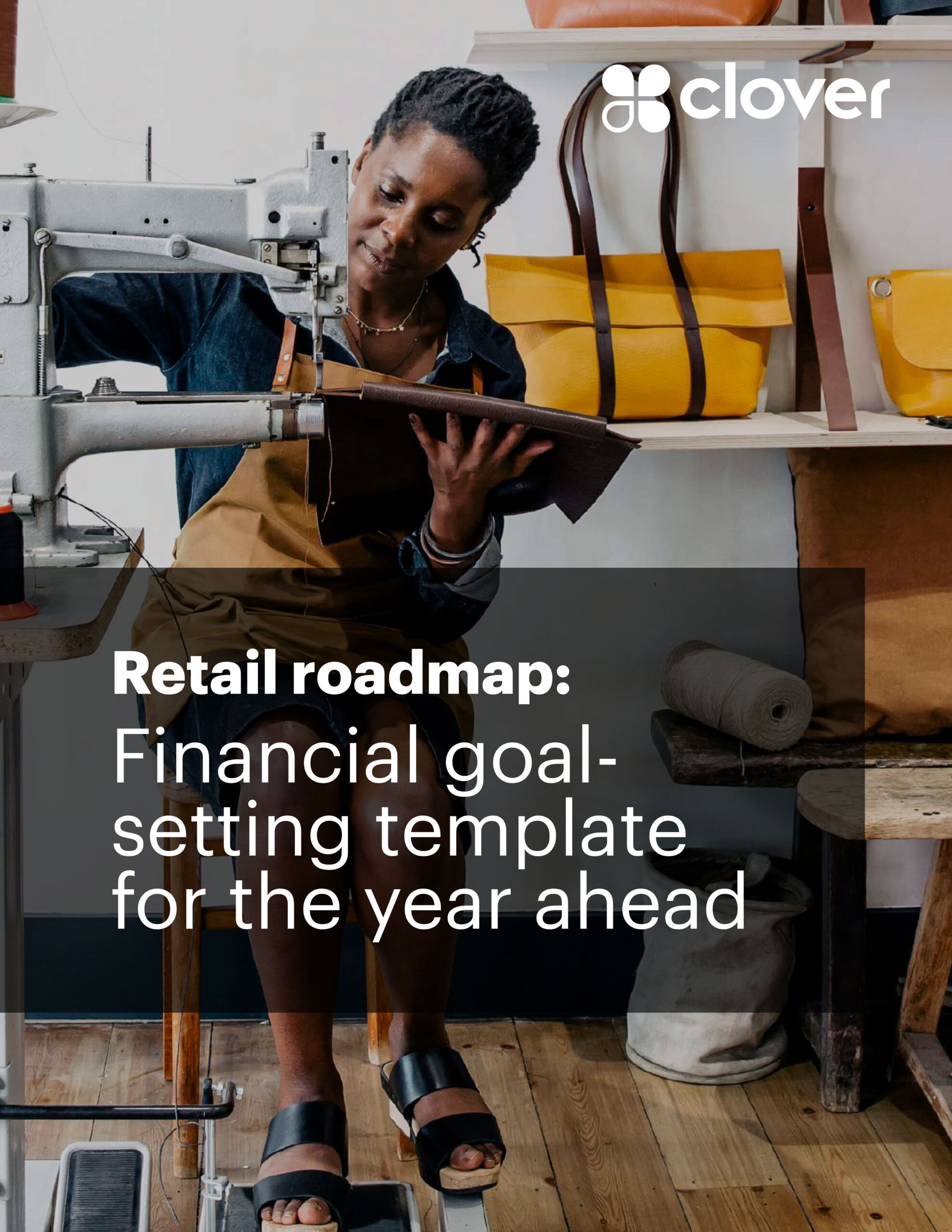U.S. businesses also enjoy using their credit cards, since they receive many of the same benefits. A study found that 29% of businesses were even using credit cards for startup funding in 2022.
When it comes to accepting payments, merchants may discourage their B2B clients from buying with cards to avoid paying higher credit card transaction processing fees, since most purchases are for big-ticket or high-volume items. All things considered, it remains important to understand there is value in expanding the number of payment options for B2B customers, including accepting credit cards.
Why should you allow B2B customers to use credit cards?
A major reason to accept B2B card payments is because many of your clients prefer doing business that way. This is especially true when working with smaller businesses and startups.
Although credit cards currently comprise a smaller fraction of B2B sales, the total sales volume is huge. According to recent data, online U.S. B2B eCommerce sales are expected to generate $3 trillion by the end of 2027, as offline B2B sales begin to flatten. By not accepting credit cards, you are potentially missing out on revenue. Below are some additional advantages:
- Credit cards lend themselves to payment integration. It’s possible to automatically sync all of your sales data with your accounting, CRM, and ERP platforms. By contrast, checks and money orders have to be processed and may need to be manually recorded in your system.
- Credit card transactions clear much faster than most other payment solutions. This can be a huge advantage if cash flow is a concern or unexpected payment delays hold up important projects within your pipeline.
- Credit cards can be safer than debit cards, eChecks, and ACH payments. Those forms of payment are all directly linked to customer bank accounts and can give criminals access to all the money in the account. With a credit card, if fraud does occur, personal finances aren’t put at risk and both sides of a credit card transaction enjoy certain protections, including refunds.
How to reduce B2B transaction costs with Levels 2 or 3 processing
Now that we’ve discussed the importance of accepting credit cards for your B2B operation, let’s get into optimizing interchange rates to help save money on transaction processing.
Business and corporate payment processing are different from consumer credit card processing. Level 1 card data is most commonly associated with a business-to-consumer (B2C) credit transaction and consists of basic information including: card number, expiration date, CVV code, and sometimes a zip code. It provides limited purchase information back to the cardholder’s bank, which can make Levels 2 and 3 credit card processing better for B2B transactions.
Level 2 credit card processing
Level 2 data is typically used for B2B customers to make credit card purchases, especially as the frequency and value of the transactions increase. Level 2 data includes the same information as Level 1 plus additional information like: customer codes, tax amounts, tax identifications, and other data. This benefits corporate, government, and industrial buyers, making it easier to monitor and analyze their spending. And, it ultimately helps to optimize interchange costs.
Level 3 credit card processing
Level 3 transactions offer even greater control by requiring users to provide even more data with each purchase. This is the B2B option most often used by merchants working with government agencies and large corporations.
Due to all of the extra information required, this helps minimize fraud risk, and enables you to take advantage of lower processing rates.
Should my business accept credit card payments for B2B?
As a B2B merchant, there are many benefits of offering Level 2 or 3 credit card processing. In addition to increasing your customer base to include companies that use L2 or L3 credit cards, you may benefit from increased sales, larger tickets, and reduced credit card processing fees with each B2B purchase.
By passing more data through on each transaction, credit card companies often offer lower interchange fees in exchange for this additional information, potentially saving you money. Plus, given faster processing times and payment integration that credit cards offer, making the switch could be a wise investment for the future of your business.
B2B credit card payments made easy with the right tools
Taking B2B credit card payments begins with selecting the right POS system for your business. With features such as invoicing, recurring payments, and inventory management, Clover’s point-of-sale systems can help make B2B payments easier.
Why wait? Get started with a Clover POS System today to elevate your business.







